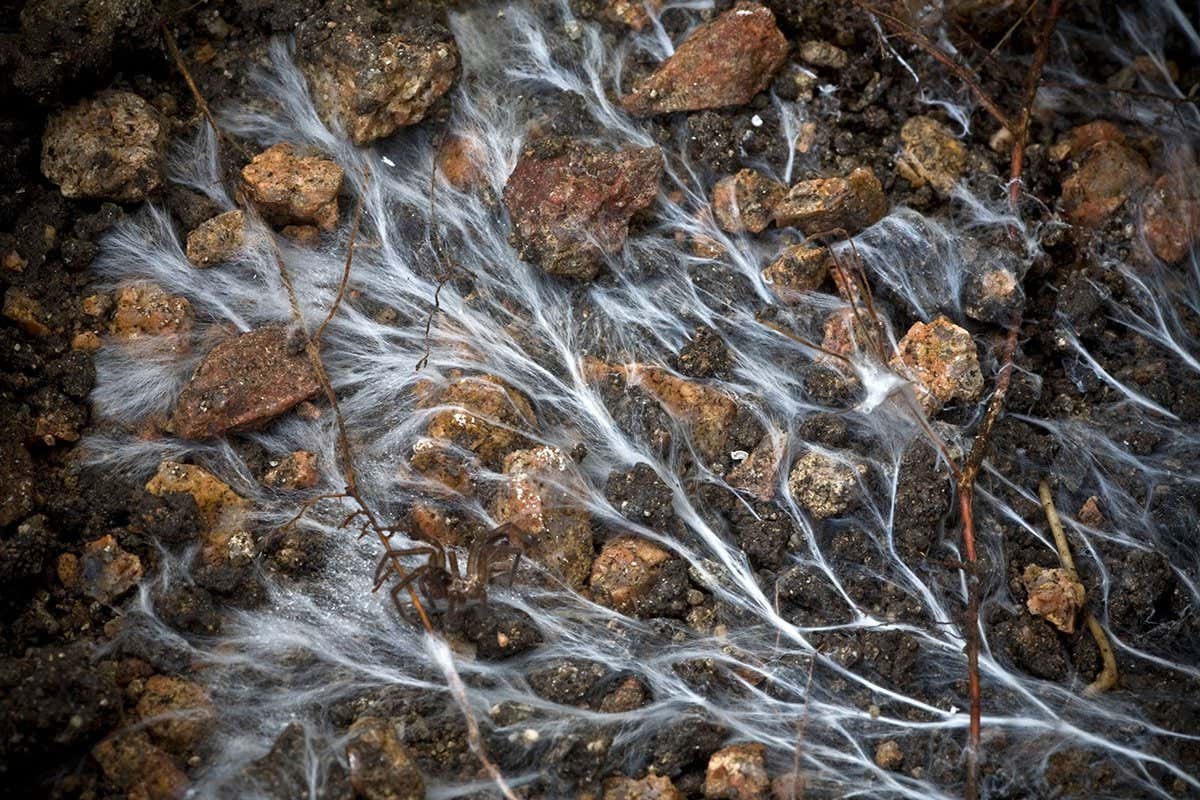Wild Fungi: A Key to Enhanced Carbon Storage in Forests
Unlocking Nature's Carbon Capture Potential: The Surprising Role of Mycorrhizal Fungi
The fight against climate change requires innovative solutions, and a surprising ally may be hiding beneath our feet: wild fungi. Specifically, mycorrhizal fungi, a type of fungi that forms symbiotic relationships with tree roots, are emerging as a crucial player in enhancing carbon storage in forests. This discovery has significant implications for our efforts to mitigate climate change and protect our planet.
The Symbiotic Relationship: A Carbon Sink Partnership
Mycorrhizal fungi form intricate networks within the forest soil, connecting with the roots of trees and exchanging nutrients. In this mutually beneficial relationship, the fungi receive carbohydrates from the trees, while providing the trees with essential nutrients like phosphorus and nitrogen, which are often scarce in soil. However, recent research highlights a less understood aspect of this symbiosis: enhanced carbon sequestration.
- Improved Nutrient Uptake: By facilitating efficient nutrient uptake, mycorrhizal fungi allow trees to grow faster and larger, thereby increasing their overall carbon storage capacity. Larger trees naturally store more carbon in their biomass (leaves, branches, trunks, and roots).
- Increased Soil Carbon: Mycorrhizal networks also play a crucial role in stabilizing soil organic matter, preventing its decomposition and releasing carbon back into the atmosphere. This results in a significant increase in soil carbon storage, a vital component of the global carbon cycle.
- Protecting Against Degradation: These fungal networks contribute to improved soil structure and water retention, making forests more resilient to drought and other environmental stressors that can lead to carbon loss.
The Importance of Biodiversity: A Diverse Mycorrhizal Community
The effectiveness of mycorrhizal fungi in carbon sequestration is not uniform across all species. A diverse community of mycorrhizal fungi is essential for optimal carbon storage. This highlights the importance of protecting and restoring forest biodiversity, including the often-overlooked fungal component. Activities such as unsustainable logging practices and habitat fragmentation can severely disrupt these fungal networks, hindering their ability to enhance carbon sequestration.
Future Research and Conservation Efforts: A Call to Action
Further research is needed to fully understand the complex mechanisms underlying mycorrhizal fungi's role in carbon sequestration. This includes investigating the specific species of fungi that are most effective and identifying environmental factors that influence their activity. Conservation strategies that prioritize the protection of forest biodiversity, particularly fungal diversity, are crucial for maximizing the potential of these natural carbon sinks.
- Sustainable Forestry Practices: Implementing sustainable forestry practices that minimize disturbance to the soil and fungal networks is vital for preserving mycorrhizal communities.
- Reforestation Initiatives: Reforestation efforts should prioritize the use of native tree species and consider the role of mycorrhizal fungi in successful reforestation.
- Funding for Research: Increased funding for research on mycorrhizal fungi and their role in carbon sequestration is essential for developing effective conservation strategies.
Conclusion:
Wild fungi, particularly mycorrhizal fungi, are playing a surprisingly significant role in enhancing carbon storage in forests. Understanding and protecting these vital symbiotic relationships is paramount to our efforts to mitigate climate change and secure a sustainable future. By prioritizing forest conservation and supporting research into this fascinating area, we can harness the power of nature's hidden allies in the fight against climate change. Let's work together to protect these essential components of our planet's ecosystems.

